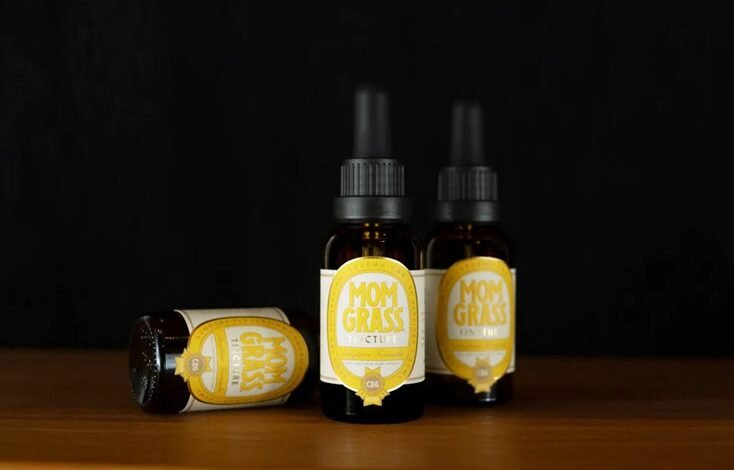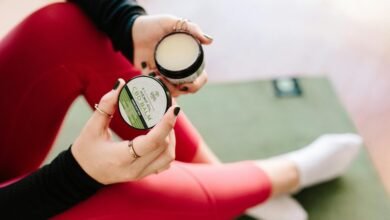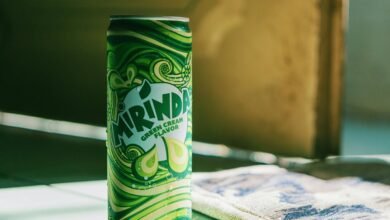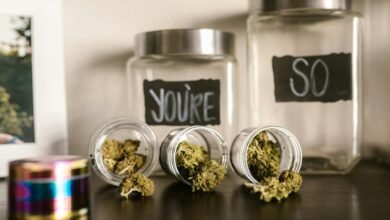Does Cbd Tincture Go Bad

CBD tinctures, like many natural products, have a limited shelf life. Various factors influence their longevity, including the extraction method and storage conditions. Users may wonder if their tinctures can spoil or lose potency over time. Understanding the signs of deterioration and the best practices for storage can help ensure the effectiveness of these products. What should consumers be aware of to maintain quality and safety?
Understanding the Shelf Life of CBD Tinctures
CBD tinctures, like many other herbal extracts, possess a finite shelf life that users should understand to ensure optimal potency and safety.
The CBD extraction process influences the tincture's longevity, with higher quality extractions generally yielding more stable products.
To maintain tincture potency, users must store these extracts properly, safeguarding them from light, heat, and air exposure, which can accelerate degradation.
Factors That Affect CBD Tincture Longevity
Several key factors influence the longevity of CBD tinctures, determining how long they can retain their potency and effectiveness.
Extraction methods play a crucial role, as CO2 extraction typically preserves cannabinoids better than others.
Additionally, ingredient quality significantly impacts the tincture's shelf life; high-quality, organic ingredients are less prone to degradation.
Together, these elements dictate how well a tincture will last over time.
Signs Your CBD Tincture Has Gone Bad
How can one tell if a CBD tincture has lost its potency and should no longer be used?
Expiration indicators include changes in color, an unusual odor, or separation of ingredients.
A freshness assessment can also reveal cloudy appearances or sediment.
If any of these signs are present, it is advisable to discard the tincture to ensure safety and efficacy.
Tips for Proper Storage of CBD Tinctures
To maintain the integrity and potency of a CBD tincture, proper storage is essential.
Ideal storage conditions include keeping the tincture in a cool, dark place, away from direct sunlight and heat sources.
Temperature control is crucial; fluctuations can degrade the product.
Sealing the bottle tightly after each use also helps preserve its quality, ensuring users enjoy the full benefits of their tincture.
Conclusion
In the world of CBD tinctures, the passage of time can be both a friend and a foe. As the delicate balance between potency and degradation hangs in the balance, consumers must remain vigilant. Will that bottle tucked away in the cabinet still hold its therapeutic promise, or has it succumbed to the ravages of time? By understanding the signs of deterioration and adhering to proper storage practices, one can ensure that the tincture offers its intended benefits, rather than becoming a forgotten relic.






